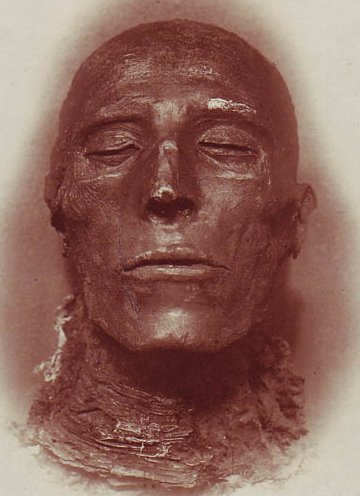
“The Shrine of the Seven Lamps” was the eighth installment of Sax Rohmer’s The Si-Fan Mysteries. The story was first published in Collier’s on April 21, 1917 and was later expanded to comprise Chapters 30 - 33 of the third Fu-Manchu novel, The Si-Fan Mysteries first published in 1917 by Cassell in the UK and by McBride & Nast in the US under the variant title, The Hand of Fu Manchu. The US book title marks the first time that the hyphen was dropped from the character’s name, although it was retained within the text.
“The Shrine of the Seven Lamps” picks up the story five months after the events related in the previous installments. This narrative gap proved fortuitous for those who have helped to keep the characters alive after Sax Rohmer’s passing by affording continuation authors an opportunity to craft additional titles set during the classic early years of the series. Dr. Petrie begins the account having concluded settling the estate of a recently-deceased relative. Petrie is returning to London by rail and happens to share a berth with a beautiful and mysterious Eurasian girl. Everything about his silent traveling companion – her eyes, her skin, her perfume - leave Petrie intoxicated. Tellingly, the woman’s beauty and unique eyes evoke memories of both Petrie’s beloved Karamaneh and the insidious Dr. Fu-Manchu. The overpowering mental force Petrie feels invading his mind and fighting to master his will likewise recalls the Devil Doctor. While Petrie feels an understandable sense of relief when this fascinating woman departs the train with her silent and menacing African servants, the reader is positive that Petrie has not seen the last of her.
TO CONTINUE READING THIS ARTICLE, PLEASE VISIT HERE.
































.jpg)